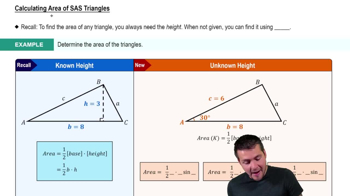Textbook Question
Concept Check Work each problem.What angle does the line y = √3x make with the positive x-axis?
506
views
 Verified step by step guidance
Verified step by step guidance Verified video answer for a similar problem:
Verified video answer for a similar problem:



 6:34m
6:34mMaster Sine, Cosine, & Tangent on the Unit Circle with a bite sized video explanation from Patrick
Start learning